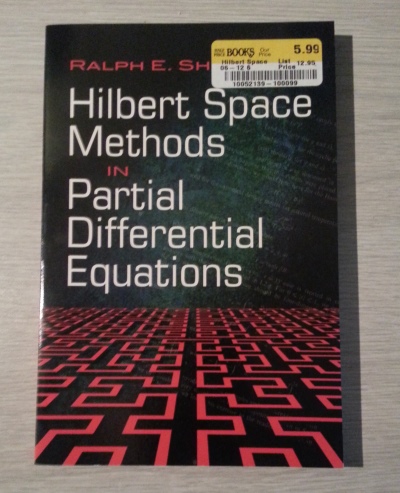Suppose you know a scripting language (Perl, Python, Ruby, etc) and you’d rather not learn shell scripting (bash, PowerShell, batch, etc.). Or maybe you know shell scripting on one platform and don’t want to take the time right now to learn shell scripting on another platform. For example, maybe you know bash on Linux but don’t want to learn PowerShell on Windows, or vice versa.
One strategy would be to use your preferred language to generate shell scripts. Shell scripts are trivial when they’re just a list of commands: do this, do this, do this, etc. Where shell scripting gets more complicated is when you have variables, branching logic, library calls, all the stuff you already know how to do in another language. Maybe you could do all the complicated logic in your “native language” and just generate a shell script that’s simply as list of instructions with no other logic.
Another strategy is to make system calls from your preferred language. Most scripting languages have a system() function that takes a string and executes it as a system command. The advantage of this approach is that it could have conditional logic that the code generation approach could not handle. The disadvantage is that you have to sort out what process the system() call is running under etc.
Maybe you want to learn shell scripting, but you need to get work done now that you don’t yet know how to do. One of these strategies could buy you some time. You might transition, for example, from Python to PowerShell by generating more sophisticated shell scripts over time and writing simpler generator code until you just write scripts directly.



